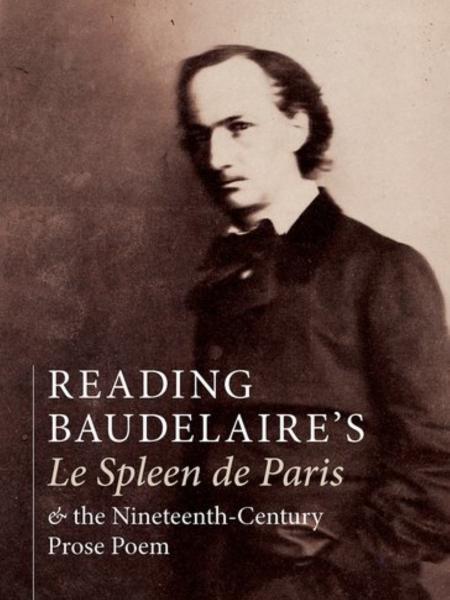
My recent book on the prose poem in the nineteenth century began in tutorials, as I was regularly teaching Charles Baudelaire’s collection Le Spleen de Paris (posth., 1869). While the poems themselves have always fascinated readers and critics, I found that my students and I kept returning to one basic, seemingly simple, question: in what way are the texts poetic? Without rhyme, metre, or organization into lines and stanzas, they don’t bear the markers that verse poems wear on their sleeve: usual markers that we can count on, for foundational information about a text’s structure, to help us see what conventions (rules, balance, sounds) are present, altered, undermined, or absent. It is, as Richard Terdiman explores (Discourse/Counter-Discourse, Cornell University Press, 1985), a counter-discourse: a kind of poetics that runs against the grain and turns itself inside-out.
It can be hard for us to imagine today, but for Baudelaire and his contemporaries the 1850s and 1860s were a time of incredible tensions, between revolution and tradition. The optimism of the 1848 journées de juin was quickly dashed and then followed Louis-Napoléon Bonaparte’s coup d’État and his declaration, as Napoléon III, of the Second Empire. Such a rejection of new ways of doing and thinking, such a neoclassical attempt to return to forms of the past, hardly sat well with young poets such as Baudelaire (born 1821). While writing some of the most important verse poems of the mid-century, Baudelaire also looked for something new, including in his translations of Edgar Allan Poe’s poems and prose, and the poems of Le Spleen de Paris grew out of a desire to try new ways of doing things (indeed some of his prose poems are reworkings of poems he had originally written in verse).
As I read more about the birth of the modern prose poem — Baudelaire certainly set the standard, but there were a number of examples before him, and even he referred to Aloysius Bertrand’s volume Gaspard de la Nuit (1842) — I looked for traces of what makes a prose text poetic, or its poeticity. Different readers will find clues in different places, and the rich scholarly tradition around Le Spleen de Paris is testament to there being no lack of answers to these questions. I was struck by how the texts’ poetic nature reveals itself in so many ways: how the poems appear on the page; how the paragraphs sometimes function in a manner not unlike verse stanzas; how Baudelaire generates poetic rhythm and flow in his prose writing; and how different registers of language (e.g. slang) are rich layers worth excavating. I hope that reading prose poems this way encourages others to read all poetry with eyes and ears wide open: not just to what we’ve come to expect when we come upon poetry in verse (or, indeed, a page filled with paragraphs), but also the unexpected. Approaching a text with an open mind is surely the best way to read.